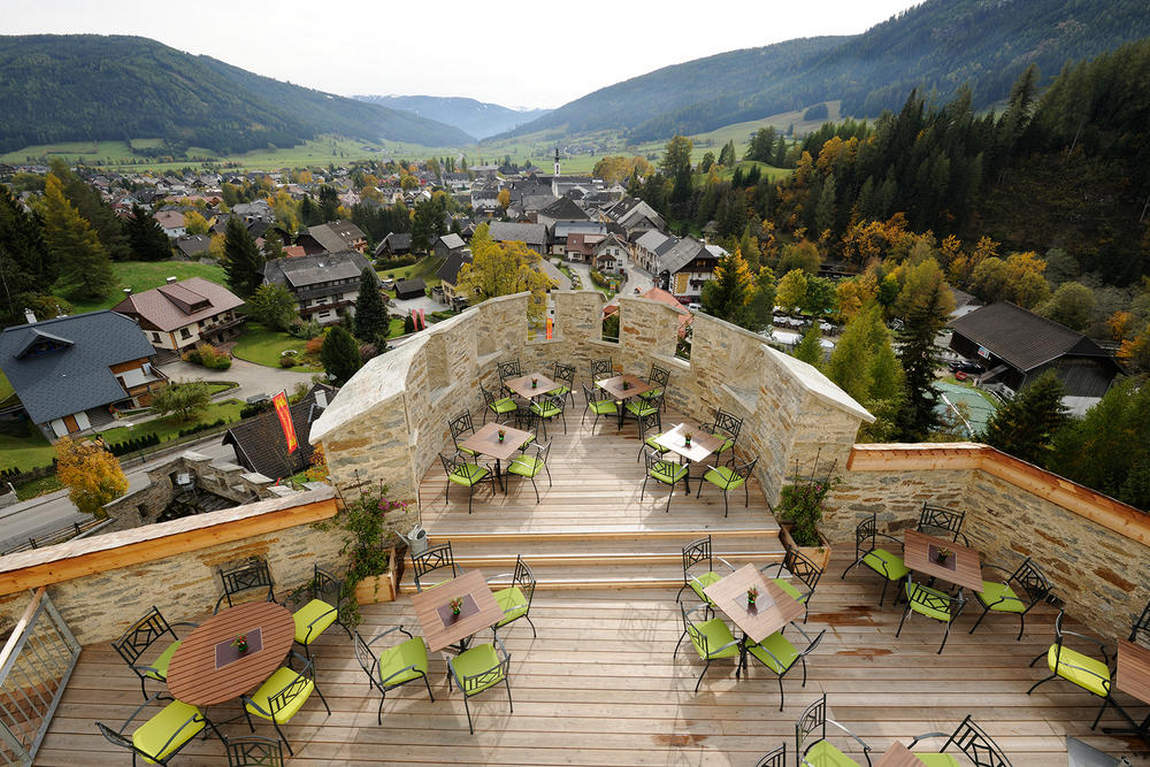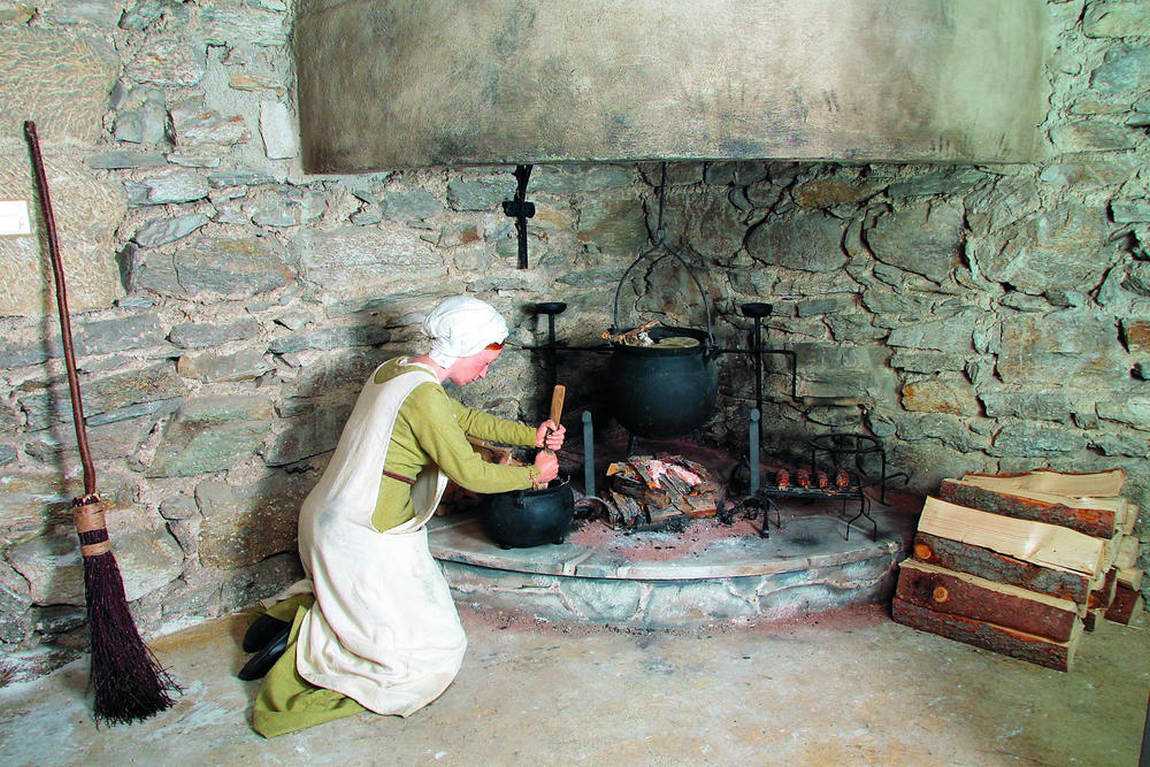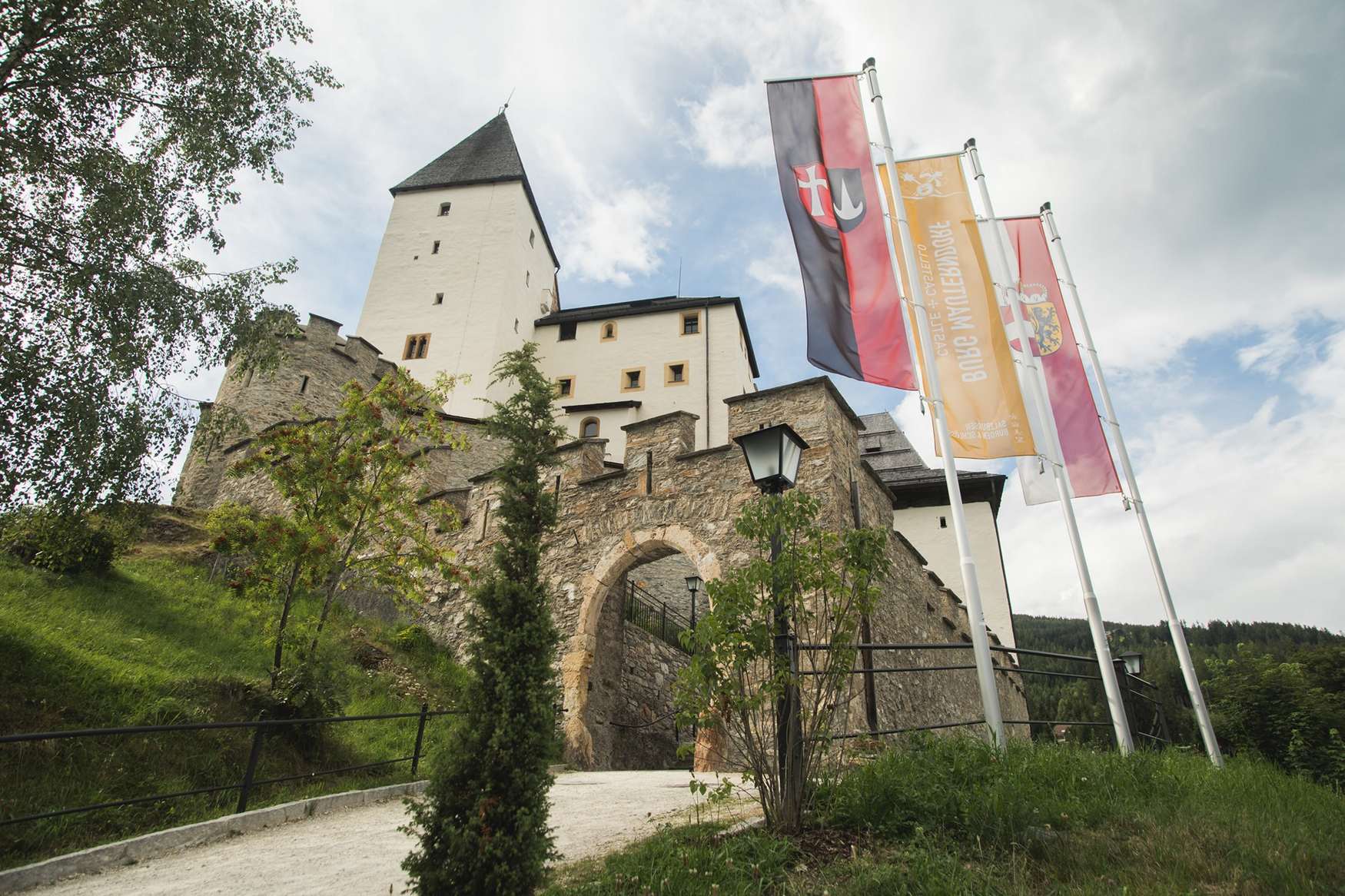All boys love to play brave knights and all girls dream of being a beautiful princess imprisoned in a high tower because it's so romantic! While on holiday in one of Salzburg's resorts, your young travellers will have the opportunity to soak up the dreamy atmosphere for a while. A trip to Austria's Taurach Valley, where the authentic medieval castle of Mauterndorf stands, is very interesting, informative and dynamic. This ancient architectural construction has been a tourist centre since 1968.

Mauterndorf Castle sits on a high hill. In the Middle Ages it was a fortress that protected the people living in the settlements behind it from attacks by foreigners. A long trade route passing by the castle also served as a checkpoint for transported goods. The castle was also an administrative centre, so the courtyard was always busy with servants, ladies-in-waiting, guards and a barber-surgeon. Merchants brought wine and cloth for the lords. Entertainers, minstrels, beggars and others created a lively atmosphere.
The fountain, essential to life, was in the centre of the bailey. Here were also the most protected areas of the inner fortress: the castle tower, the storerooms and utility rooms, the chapel, the living quarters and the dining room for the archbishop's entourage in the residential quarters. When the archbishop was absent, the steward had full authority over the fortress. The great Saint Christopher, the patron saint of travellers, depicted on the outer wall of the castle, testifies to an earlier function of the fortress.

The scenery here is breathtaking. The wooded mountain range, the fresh, crystal clear air, the bright blue sky — all this combined with the remoteness from civilisation has an incredible effect on castle guests, young and old. Tourists feel as if they have stepped back in time, several centuries.
The beauty of the surroundings and its convenient location attracted foreigners years ago, who did not want to return to their former habitat. In time, a small village was built around the castle and named after it — Mauterndorf. Today it is not only a popular tourist attraction, but also a ski resort with a fluffy white blanket and plenty of sunny days.
Of most of the castle's attractions, the defence tower is the only one in Europe to have survived into the modern era in near-perfect condition.

You can also visit the Knights' Hall, located on the first floor of the palace, the main building of medieval fortresses. In the past, great feasts were held here; the guest of honour sat with the host at the table of honour under the canopy that separated them from the other visitors. Food was served in large bowls, often with different sweet and sour dishes mixed together. People ate with their hands, except for the soup, for which a spoon was used.
In addition to the sumptuous food and wine, there were musicians: trumpeters, violinists, lute and flute players, who created a lively atmosphere for dancing. The Knights' Hall can still be visited today. The houses now house the Lungau Regional Museum, which presents the unique and varied traditions of the Lungau liturgical year and brings to life the village life of yesteryear.
When you take your child to this museum complex, you can not only see the castle from the outside and inside, but also immerse yourself in medieval theatre. At Mauterndorf, professional artists dress up in period costumes to perform scenes from the past. Inside the castle you can try on medieval clothing, sample medieval food and listen to music from the period. You and your child can see the clothes worn by rich and poor townspeople, priests and soldiers of the time, not only on the actors who perform skits, but also in the local costume museum.

Mauterndorf offers special educational and entertaining programmes for children. In a playful way, young guests learn about the history of the castle and discover many interesting facts from the past. Don't forget to use the audio guide. The audioguide is available in the museum in several languages and a special version of the tour text is available for children.











